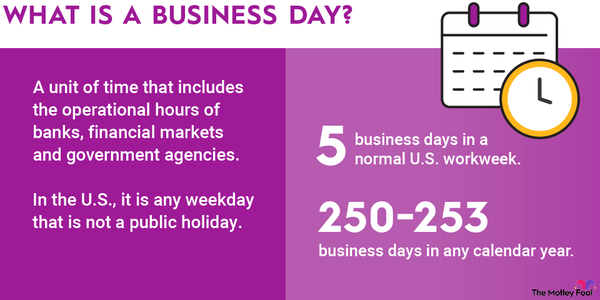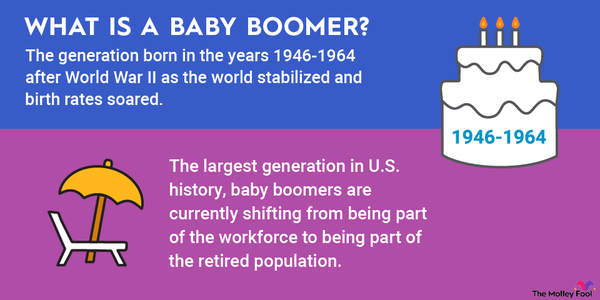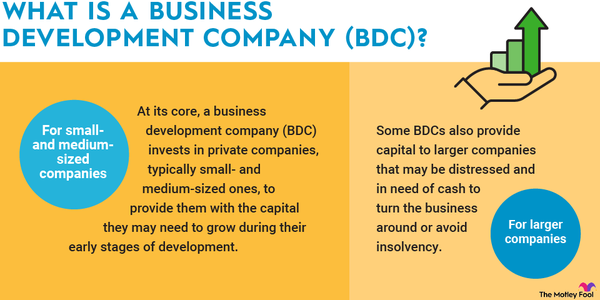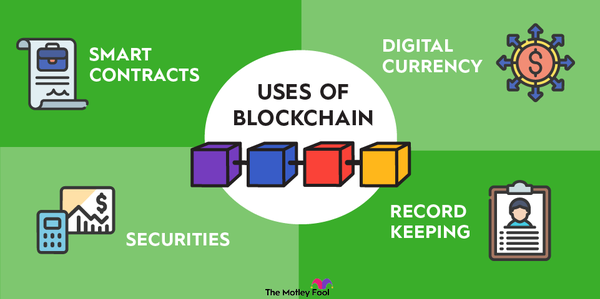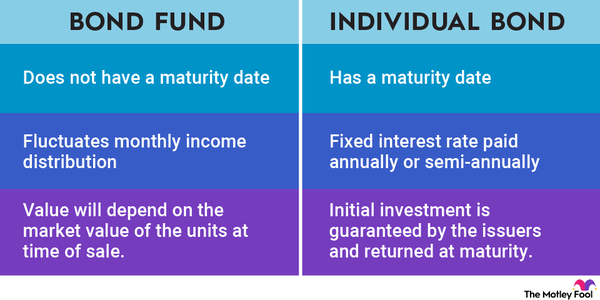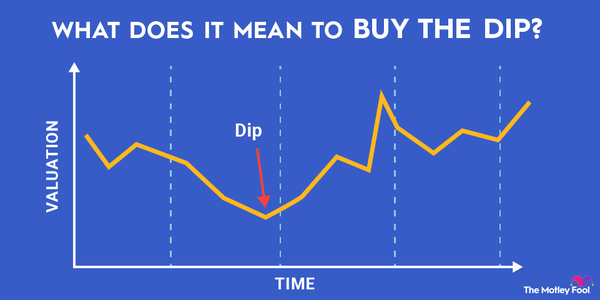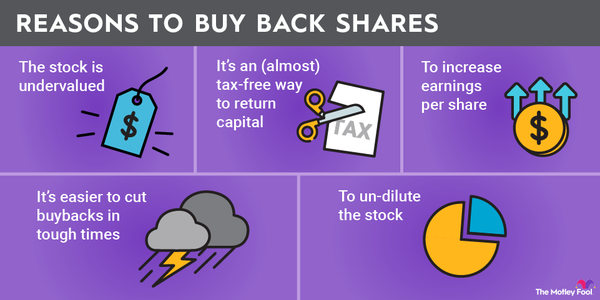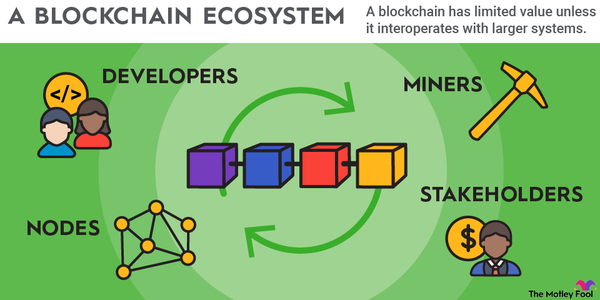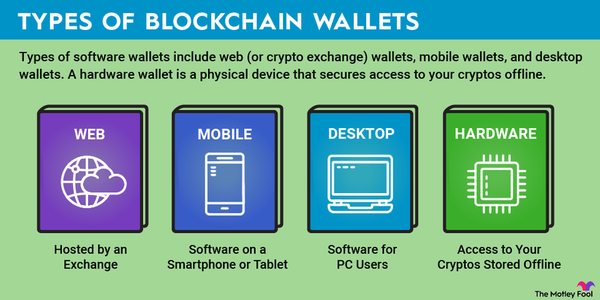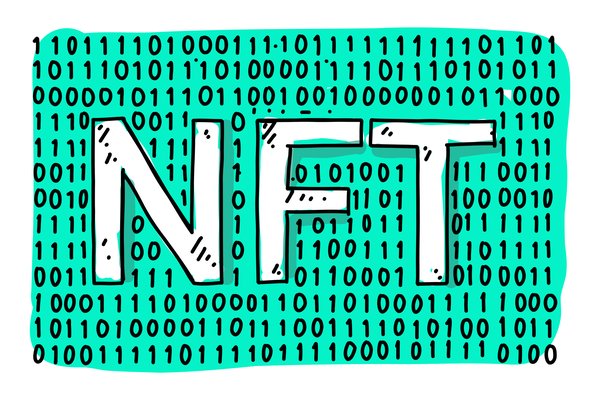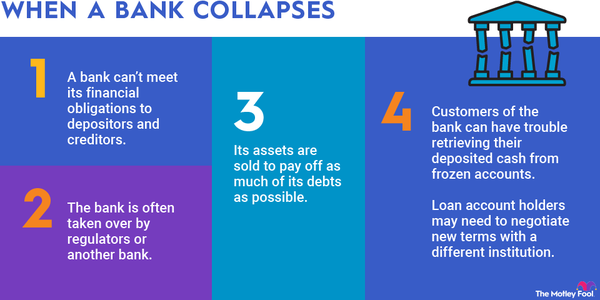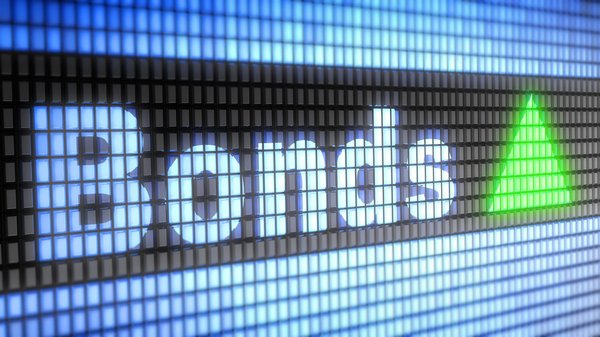Backup withholding tends to sneak up on you when you are unaware. Have you ever noticed a payment come through smaller than expected, and you stare at your bank statement, wondering how this could happen? Backup withholding might be the culprit. Although it's not a penalty, it's a tax mechanism that can feel confusing and inconvenient if you're not familiar with how it works. So, what is backup withholding, why does it happen, and what can you do about it? Let's break it down below.
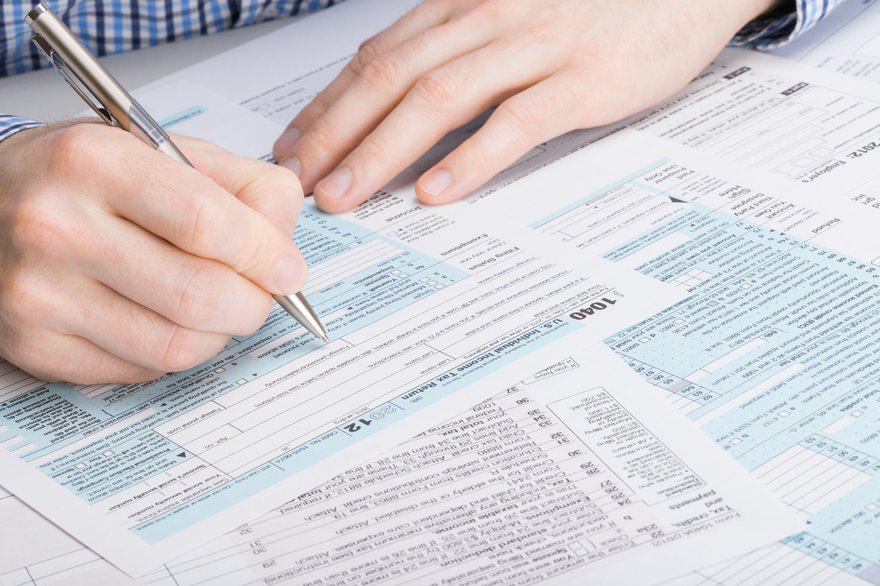
What is it?
What is backup withholding?
Backup withholding is a process where a payer, like a bank, client, or financial institution, takes a portion of your payment and sends it directly to the IRS. It's a process implemented by the government to make sure taxes are collected when there is uncertainty about the taxpayer's status, information, and tax history.
Payments subject to backup withholding can include:
- Interest payments.
- Dividends.
- Non-employee compensation (freelancers and contractors).
- Rents, royalties, and certain types of real estate transactions.
- Payments made in settlement of a payment card and third-party network transactions.
The withholding rate is set at 24%, and while that may seem like a large cut, it's not an extra tax. Instead, it's considered a prepayment toward your annual tax bill, and if too much is withheld, you can claim the excess as a refund when you file your taxes.
What causes it?
What causes backup withholding?
Backup withholding occurs when the IRS requires payers to withhold a percentage of payments due to issues with taxpayer information or compliance. One common cause is providing incorrect or missing tax information, such as an invalid Taxpayer Identification Number (TIN) on forms like the W-9. Typos, outdated records, or mismatches between your legal name and the one tied to your TIN can prompt withholding to ensure taxes are collected accurately.
Another common trigger is unreported income. If the IRS identifies discrepancies, such as interest or dividend earnings that were reported by financial institutions but not included on your tax return, backup withholding may be applied. If the IRS issues a "B Notice" to a payer indicating a mismatch in TIN records, withholding will begin until the issue is resolved.
Other causes include failing to certify an exemption on Form W-9 or demonstrating a pattern of noncompliance with IRS rules. For example, if a taxpayer consistently fails to meet filing requirements or owes unpaid taxes, the IRS may enforce backup withholding as a safeguard.
How to correct it
How to address backup withholding on your taxes
If backup withholding has already been applied or if you've been notified that it might be, you don't have to panic. Here are some simple steps to resolve the issue and prevent it in the future:
1. Verify your tax information
The first step is to check your Taxpayer Identification Number. For most individuals, this is your Social Security number (SSN). Businesses typically use an employer identification number (EIN). Even a small mistake like a misplaced digit or a name that doesn't match IRS records can trigger backup withholding.
2. Submit corrected forms
If your information is incorrect, update it immediately. For instance:
- If you're a freelancer or independent contractor, file a corrected Form W-9 with the payer who issued the notice.
- If you're an employee, your employer might require a corrected Form W-4.
Payers need the updated forms to stop withholding on future payments. Without such corrections, backup withholding will continue.
3. Contact the IRS if needed
If you're unsure why backup withholding applies, reach out to the IRS directly. They can provide guidance on resolving discrepancies. Common issues include mismatched names, incorrect TINs, or past unreported income. You may also need to provide additional documentation, like proof of your correct TIN or updated tax returns. Resolving the matter promptly can prevent further complications.
Related investing topics
Example
Example: How backup withholding can affect contractors
Let's look at an example to see how backup withholding might play out in real life. Emilia is a freelance graphic designer who works with several clients who pay her directly. One of her clients, a marketing agency, informs her that they'll start withholding 24% of her payments due to an issue with her TIN. After searching around for documents, Emily realizes she made a typo on her W-9, causing a mismatch with IRS records.
To fix the problem, Emilia submitted a corrected W-9 to the agency and verified her TIN with the IRS. The client stops withholding for future payments, and Emilia claims the withheld amount as a refund when she files her tax return.






